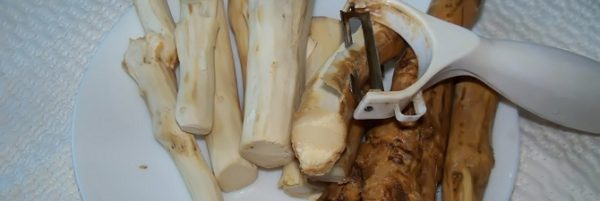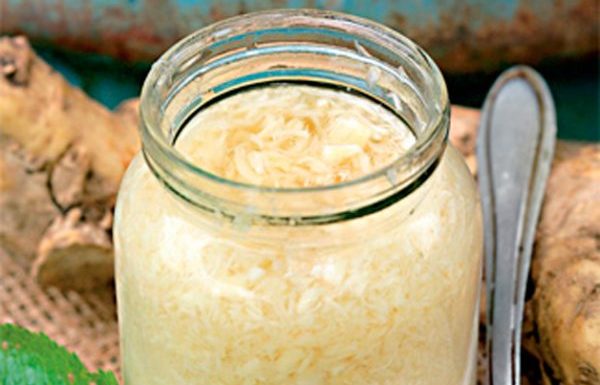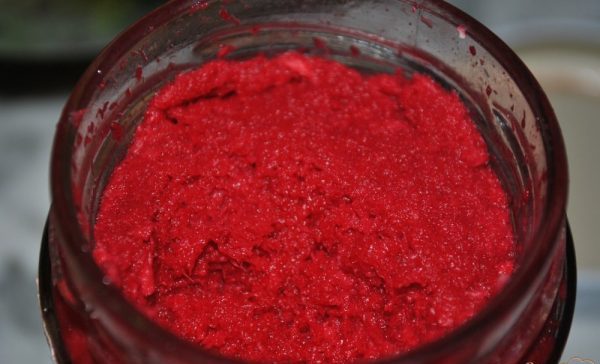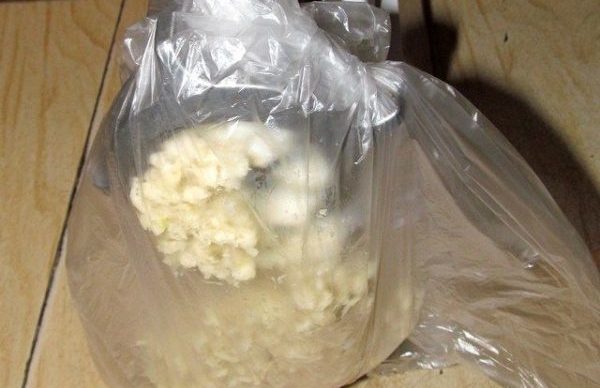Tips on how to store horseradish at home
Content
Storage preparation
Horseradish is an amazingly useful plant. Seasonings for first and second courses are made from its root, spicy piquant sauces are prepared for meat and sausages. Due to the large amount of vitamins, mineral salts and other useful substances that it contains, horseradish root stimulates the appetite, helps to absorb fatty heavy foods. It treats or prevents all kinds of diseases: colds, tonsillitis, stomatitis; diseases of the respiratory tract, kidneys; gout, rheumatism, hypertension. It is difficult to overestimate its medicinal properties (although there are contraindications), and if you remember the peculiar taste and piquant smell, it becomes clear why information on how to store horseradish is important. After all, you want to have it on your table all year round, and not just immediately after harvesting.
The leaves are used young - they are added to salads, broths. For preservation, take mature leaves. But the root is best used for food 2 to 3 years after planting. Annual roots are too young, they have not yet acquired a sharp taste. And the old ones are too tough and fibrous. Dig them in the fall, the best time is late October - early November, later the roots will become brittle and not suitable for storage.
Storage of horseradish involves measures to preserve the taste and all the beneficial properties for a long time. As a rule, this is drying, freezing or laying in a cellar. But for this, only intact, whole, even roots are suitable. After digging them up, they are sorted - annuals should be set aside for planting (horseradish propagates only by root cuttings), from two to three years old, choose the most even and strong ones, clean them from the ground, dry them, decide on a storage method.
Horseradish Processing Tips Video
Demonstration video with recommendations for processing horseradish root.
How to dry
The oldest traditional way to preserve horseradish at home is drying. Even roots rejected for storage in the cellar will do for her. They are shaken off the ground, cleaned of small processes or damaged parts, if necessary, they can be washed with water (but very quickly, so as not to allow them to be saturated with excess moisture), cleaned from the upper skin. After that, the roots are wiped with paper towels, dried in the fresh air away from sunlight.
You can dry it using a special dehydrator - an electric dryer or an oven. The roots are cut into large pieces, thin slices or grated. You can grind to any level - what matters is how convenient it will be for the hostess to work with the dried material later. An electric dryer will do the trick if you set it to the right temperature. The oven is heated to + 60 degrees, the door is kept ajar, the material is periodically stirred. Dried horseradish can be chopped with a blender or left as it is. Store it in glass jars under a tight lid at room temperature for up to two years.
This method allows you to save most of the useful components, but not all. Of course, dried horseradish has a smell, but not as intense, not as rich as the fresh one. But, nevertheless, in winter you can make sauces from it or use it simply as a dry seasoning. To prepare the sauce, you will need to soak the material for 1 hour in warm water.
How to store
Many are trying to save horseradish for the winter at home. It is stored in a refrigerator or basement, dried, frozen. Different storage methods require different periods of time. Different methods provide different amounts of stored nutrients.
in the fridge
It will not be possible to keep horseradish fresh for a long time at home, if you wrap a clean sheet with cling film and put it on the lower shelf in the refrigerator - it will still fade and turn yellow in 5-6 days. And the root can be kept like this for a longer time - up to 3 weeks. Therefore, many people prefer to prepare a spice (or sauce) from a fresh root and then store it in the refrigerator. A prepared sterilized jar is filled with a root grated on a fine (or medium) grater, salt, sugar are added, and twisted. The antibacterial properties of horseradish will allow such a jar to stand well without pasteurizing the contents. Such preservation is stored in the cold for several months.
To prepare such a seasoning, they use marinade, cinnamon, cloves, vinegar, someone paints with beetroot juice - all methods are good, everyone does it in accordance with his own taste. But it is advisable to store it in the refrigerator, and use it within 3 - 4 months.
in the cellar and basement
Good, intact roots are best stored in a basement or cellar. Such conditions will ensure the best preservation of nutrients until the next harvest. The roots can be placed in a wooden box and covered with sand. Up to 10 cm of sand is poured at the bottom of the box, the roots are laid on top so that they do not touch, sand is poured on top again. There can be several such layers; sand is sometimes sprayed with water to avoid drying out.
You can pour earth into the bucket, and stick the roots vertically into it. If they are dug up in the fall, they will be perfectly preserved until next fall. But if they were dug up in the spring, they can germinate. The ground should be slightly damp all the time. In the cellar, the peeled and dried roots are suspended in a bunch from the ceiling, but over time they wither and dry out.
Humidity and temperature at 0 degrees help keep the horseradish roots in the cellar. Wet sand or dirt will do the job best. Such a box or bucket can overwinter on the balcony if it is reliably protected from frost.
in the freezer
Modern freezers allow you to always have a fresh horseradish root on hand, at home, they retain all its useful qualities, much better than dryers. The washed and peeled root is cut into small pieces, if it is convenient to use exactly this size of roots in winter. Most often, housewives grind the roots with a grater, meat grinder or blender, and then put them in plastic bags in portions, freeze them.
You can put the crushed root in an ice mold, if there is not enough juice, add a little marinade, oil or some other liquid, freeze. Then the frozen cubes are put in a bag and stored in the freezer, they are very convenient to use for making sauces, first or second courses. The freezer keeps the horseradish root for a whole year as useful, sharp, aromatic as when harvesting, this is perhaps the most profitable way of storage.
Video "Useful properties of horseradish"
Informational video in which you can hear the beneficial properties of horseradish root.






